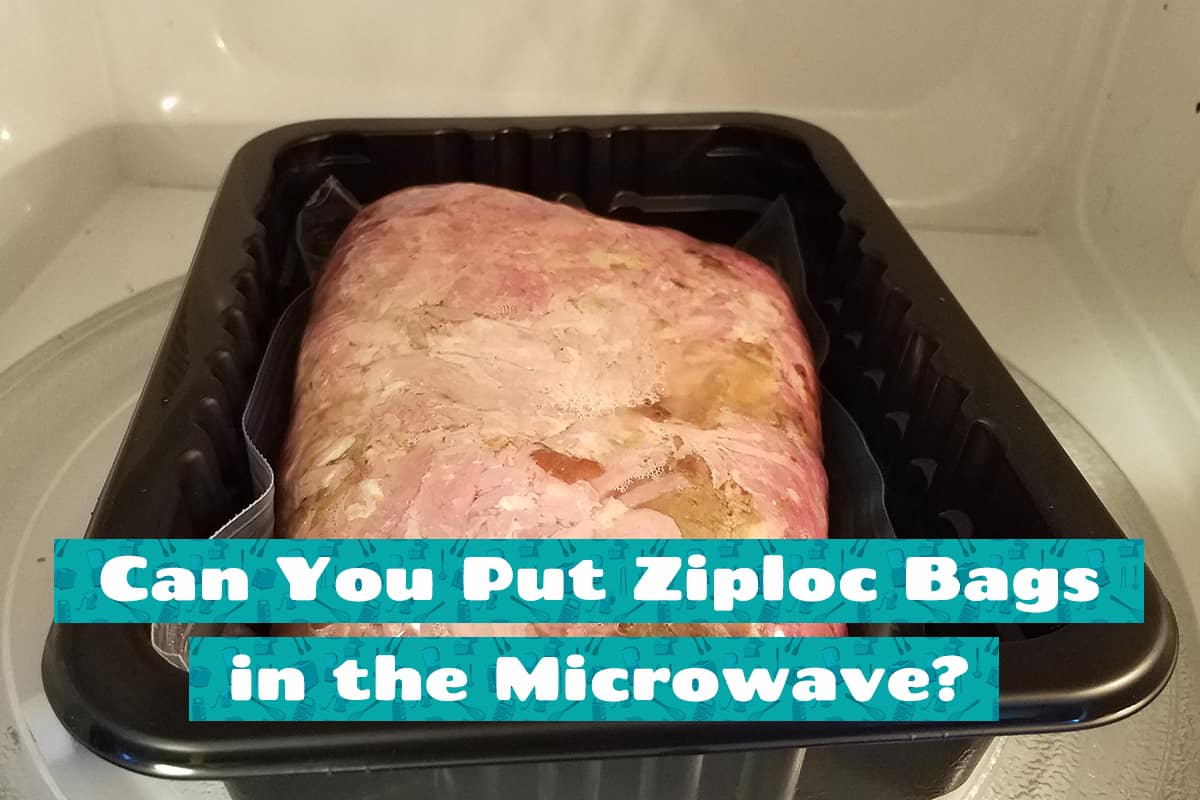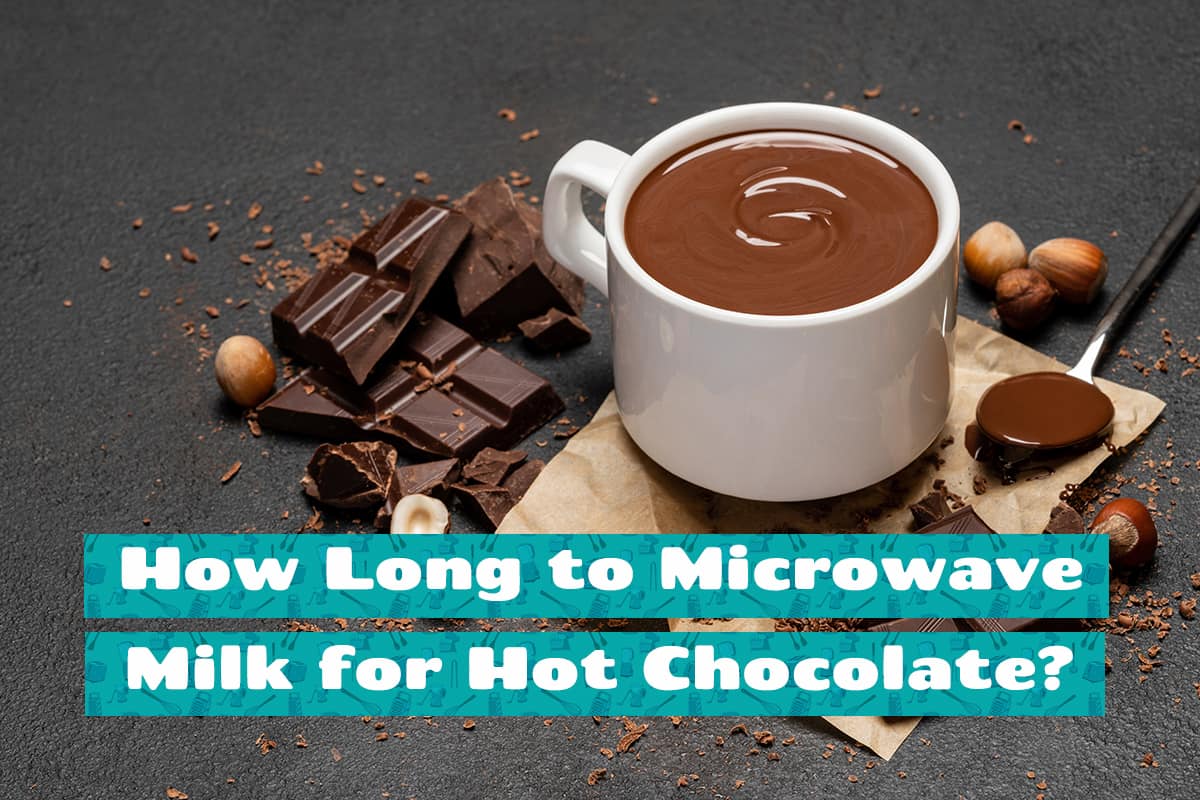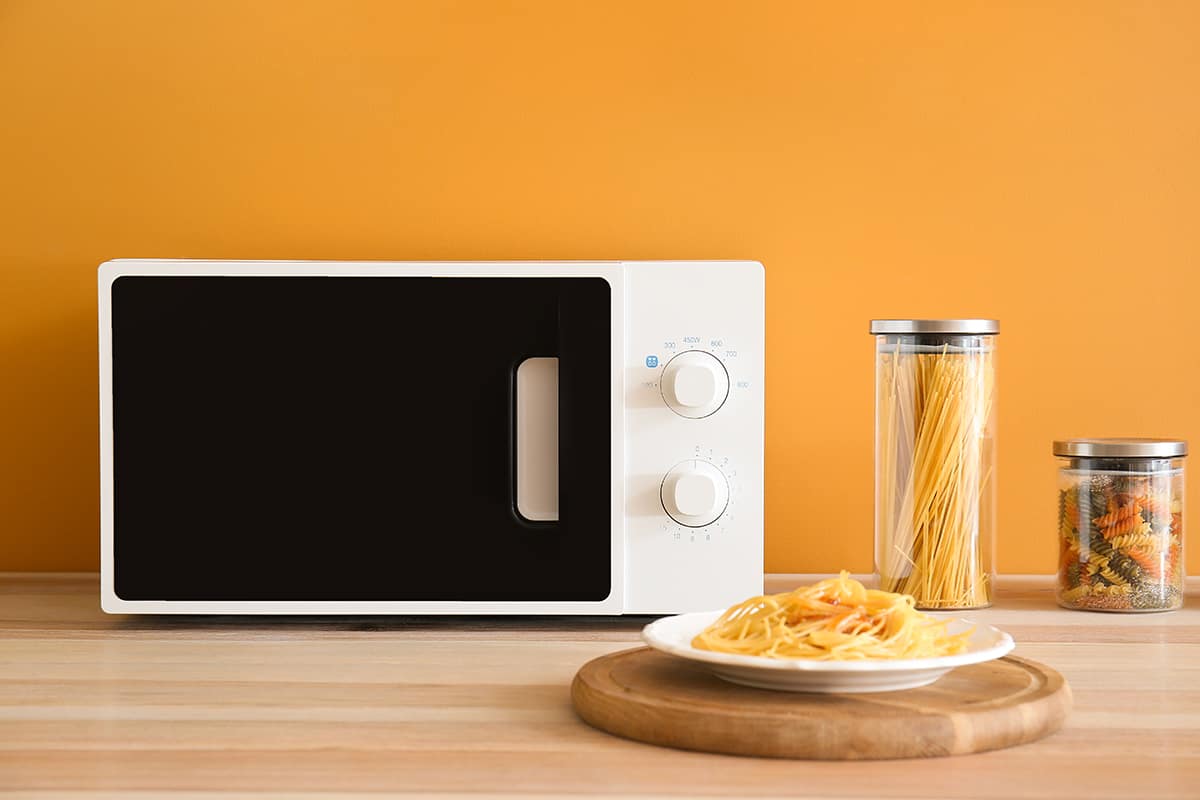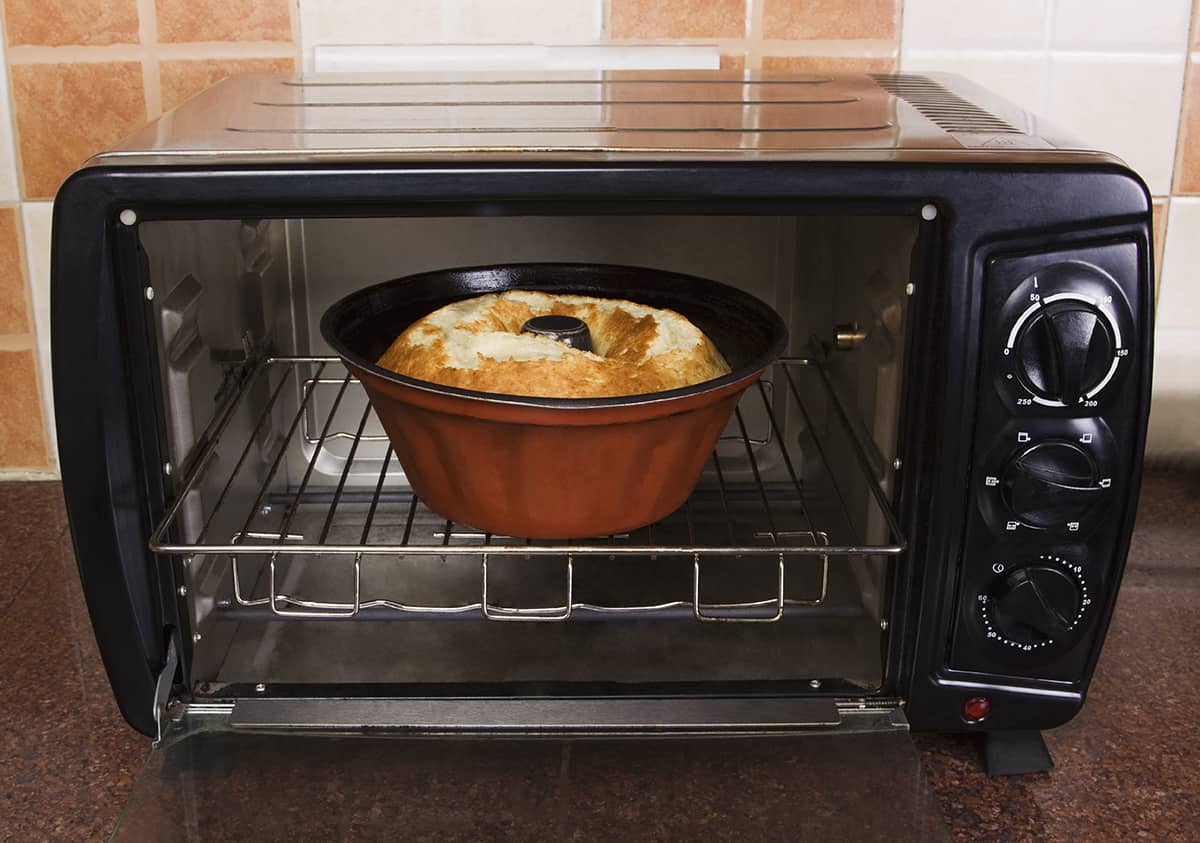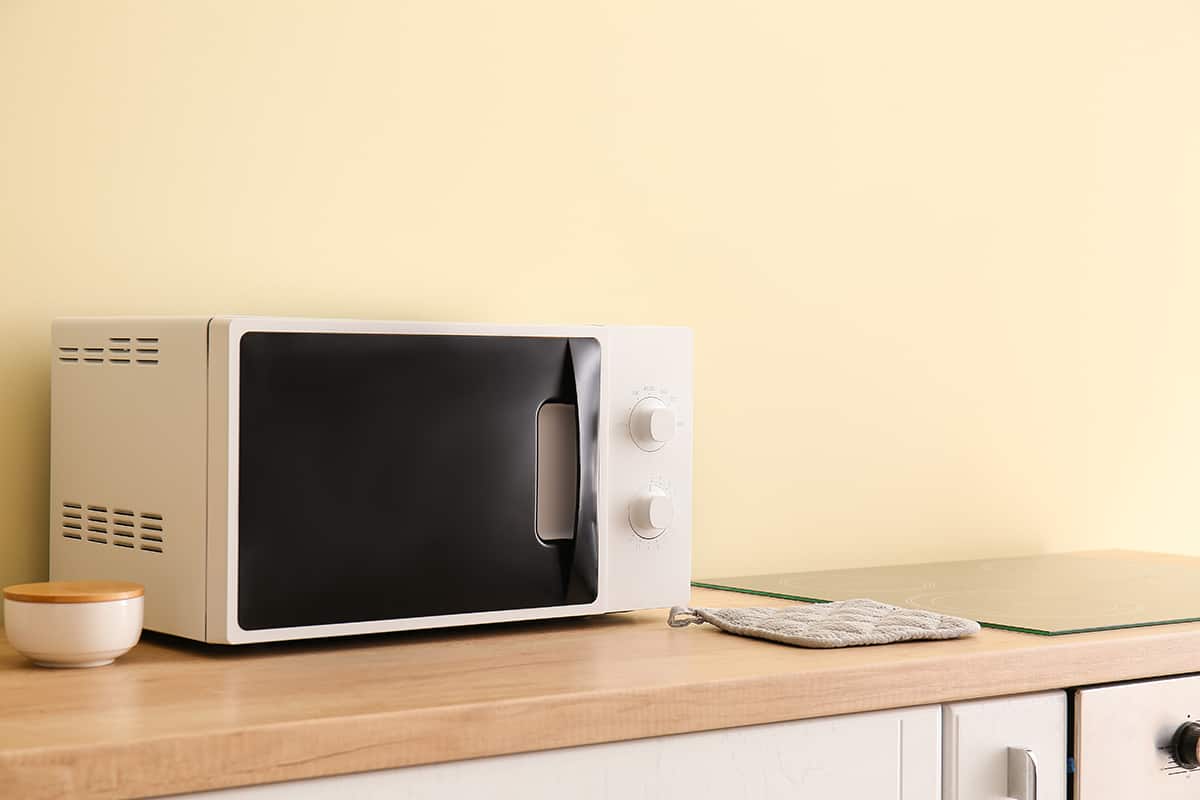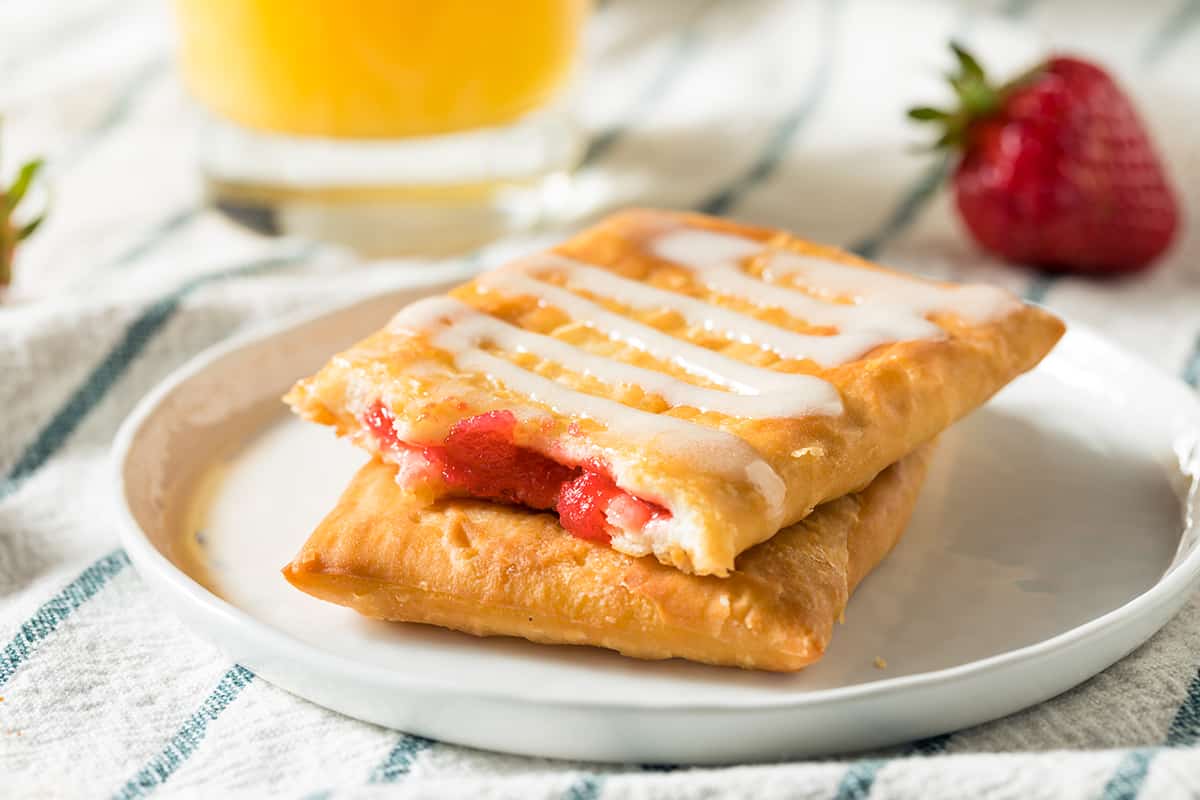Microwaving food is a convenient way to enjoy a hot meal, especially when you’re pressed for time. Many of us use Ziploc bags for storing leftovers or for meal prep, but have you ever wondered if it’s safe to pop it in the microwave? The last thing anyone wants is a melted bag and ruined food—or worse, a health hazard.
Ziploc Freezer Bags, Ziploc Storage Bags, and Ziploc Slider Bags are labeled as microwave-safe, as well as other Ziploc containers. Always look for the microwave-safe symbol, which should be on the Ziploc packaging, and follow the manufacturer’s guidelines for proper use.
This article will discuss the safety of using Ziploc bags in the microwave. We’ll cover the various Ziploc bags that are microwave-safe and alternative solutions.
The Basics of Ziploc Bags
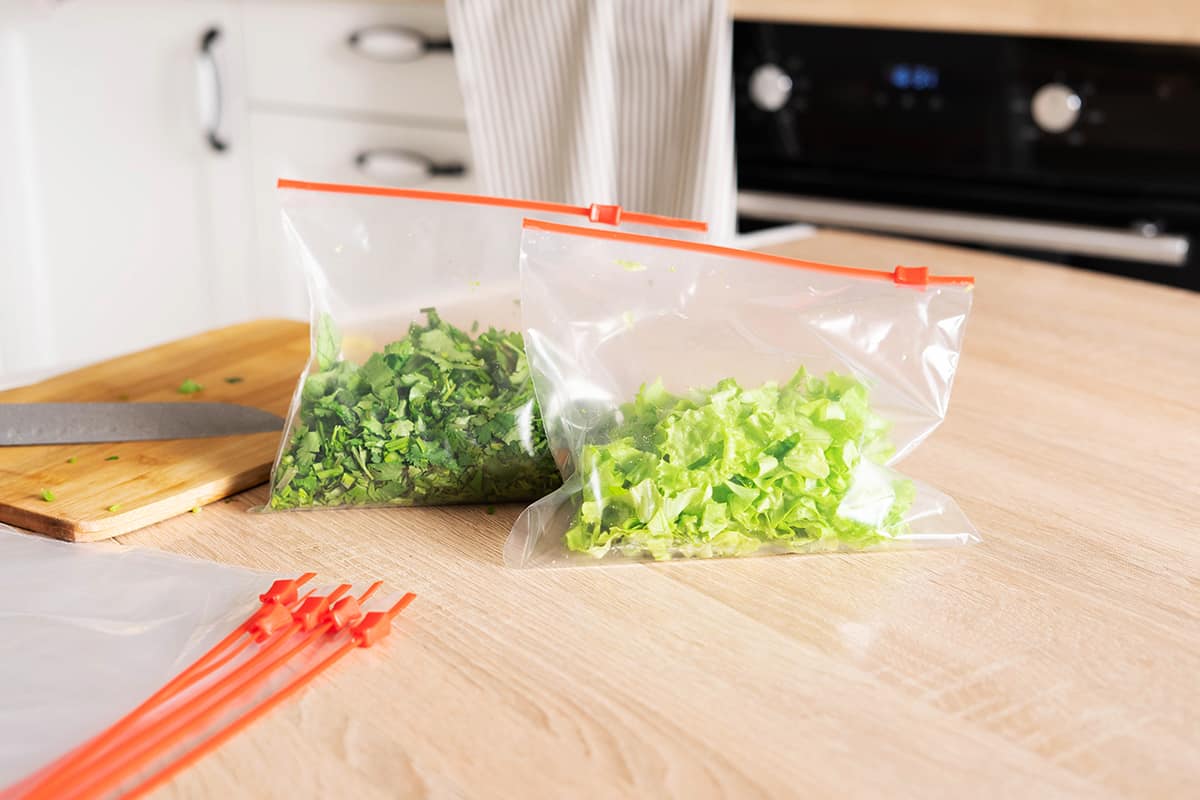
Ziploc bags are a staple in many kitchens, widely used for their convenience in food storage, meal prep, and organization. They are generally made from polyethylene plastic. Polyethylene is known for its durability and flexibility, making it ideal for containing various types of food items, from liquids like soups to solids like fruits and vegetables.
Some Ziploc bags also have a layer of polypropylene to enhance their sealing capabilities. These plastics are generally considered safe for food storage.
The Ziploc brand offers a range of bags including:
- Ziploc Freezer Bags: Specifically designed for freezing food, these bags are thicker and often come with a double zipper for extra protection against freezer burn.
- Ziploc Storage Bags: Great for everyday use, like storing leftovers or packing snacks.
- Ziplock Sandwich & Snack Bags: If you need to prepare a sandwich for your child’s field trip or give them a handful of tasty treats, these bags offer the best portion sizes.
- Ziploc Slider Bags: These come with a slider closure instead of the standard press seal.
- Specialty Ziploc Bags: These include bags designed for specific uses such as portion control, steam cooking, or containing strong odors.
Can You Put Ziploc Bags in the Microwave?
When it comes to microwaving food, the containers you use matter just as much as the cooking time or the power settings. One question that frequently comes up is whether Ziploc bags can be safely used in microwaves.
The answer is yes, all Ziploc bags are microwave-safe. However, there are guidelines and best practices to follow for safe and effective microwaving.
Manufacturer Guidelines
According to SC Johnson, the company behind Ziploc, all Ziploc bags—be it Freezer Bags, Storage Bags, or Slider Bags—are microwave-safe. Each Ziploc bag box features the microwave-safe symbol, often represented as a set of wavy lines. This label is your assurance that the bag meets all safety standards for microwave use, provided that you follow the usage instructions.
Other Ziploc Containers
It’s not just Ziploc bags that are microwave-safe. Ziploc also produces a range of plastic containers that are designed for microwave use. Such containers include the Zip ‘n Steam and Endurables. These containers are made from BPA-free plastics like polypropylene, which, like the bags, have a high melting point.
Just like with the bags, look for the microwave-safe symbol on the bottom of the container and the packaging. Always remove the lid before microwaving, as it’s designed to be airtight and could cause the container to warp or even burst open if left sealed while microwaving.
Dos and Don’ts of Using Ziploc Bags in the Microwave
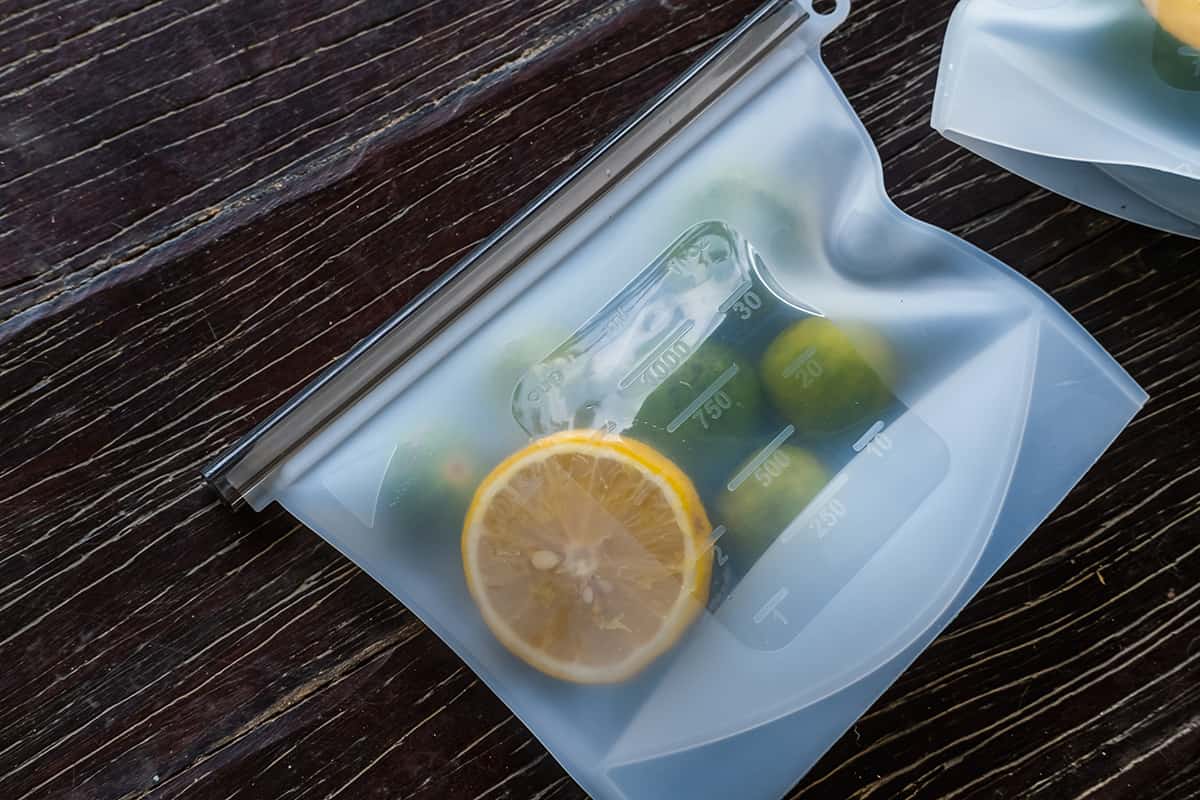
While all Ziploc bags are labeled as microwave-safe, knowing the dos and don’ts can mean the difference between a quick, tasty meal and a kitchen mishap. Here, we’ll briefly share what those dos and don’ts are.
Dos: Best Practices for Safe Microwaving
- Always Check for the Microwave-Safe Symbol
Ensure that the Ziploc bag you’re using has the microwave-safe symbol, usually depicted as wavy lines. This assures you that the bag meets the safety standards for microwave use.
- Leave an Opening for Steam
When microwaving, never seal the Ziploc bag completely. Leaving a small opening allows steam to escape, reducing the risk of the bag bursting inside the microwave.
- Use the Right Size
Ziploc bags come in various sizes, from snack-size to gallon-size. Choose a bag that comfortably accommodates the food you’re microwaving to ensure even cooking and to prevent spillage.
- Observe Time and Power Settings
Keep an eye on the cooking time and adjust the microwave’s power settings if necessary. Overheating can cause food to become unevenly cooked and might compromise the bag.
- Place Bag on a Microwave-Safe Plate
Using a microwave-safe plate under the Ziploc bag catches any accidental spills and helps to distribute heat more evenly.
- Test Temperature Before Consuming
After microwaving, always check the temperature of the food to ensure it has reached the desired temperature for safe consumption. Use a food thermometer for the most accurate reading.
Don’ts: What to Avoid for Safe Microwave Use
- Don’t Use With Oily or Sugary Foods
Foods that have high sugar or oil content can get hotter than water and may compromise the bag’s structural integrity. Use alternative methods for reheating such foods.
- Don’t Reuse Ziploc Bags for Microwaving
While it might be tempting to wash and reuse Ziploc bags, using a fresh bag each time you microwave is advisable. Repeated microwaving can weaken the bag over time.
- Don’t Use Damaged or Punctured Bags
Inspect the Ziploc bag before use. A damaged bag can leak, causing spills and potential burns.
- Don’t Overfill the Bag
An overfilled bag may lead to uneven cooking and increase the chances of the bag bursting due to excessive pressure from steam.
- Don’t Leave the Microwave Unattended
While the microwave is in operation, stay nearby. This enables you to intervene if you see or smell something unusual quickly.
Alternatives to Ziploc Bags for Microwaving
While Ziploc bags are incredibly convenient and safe for microwaving, there are various other options that you might want to consider for specific tasks or preferences.
1. Glass Containers
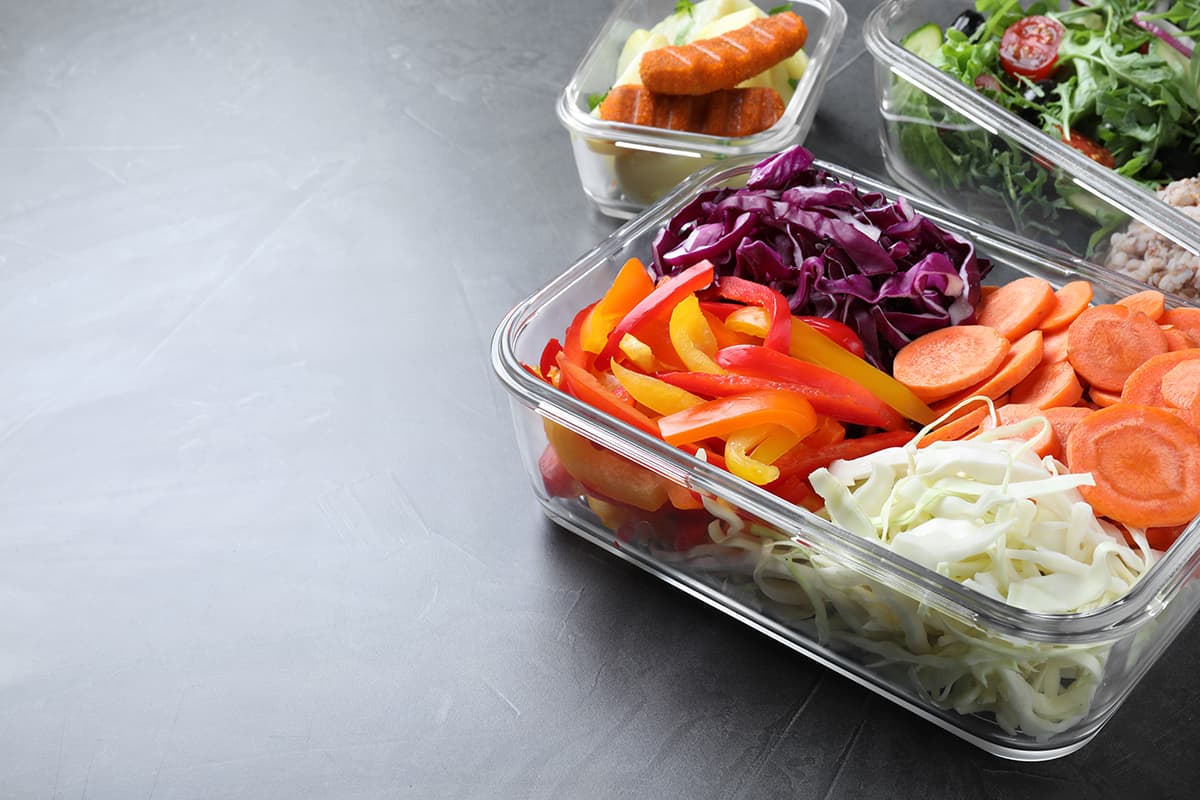
Glass containers are durable, reusable, and free from chemicals like BPA. They can withstand high temperatures, making them ideal for both cooking and storing food.
The downside is their weight and the risk of breaking if dropped. Always make sure the glass is labeled as microwave-safe.
2. Microwave-Safe Plastic Containers
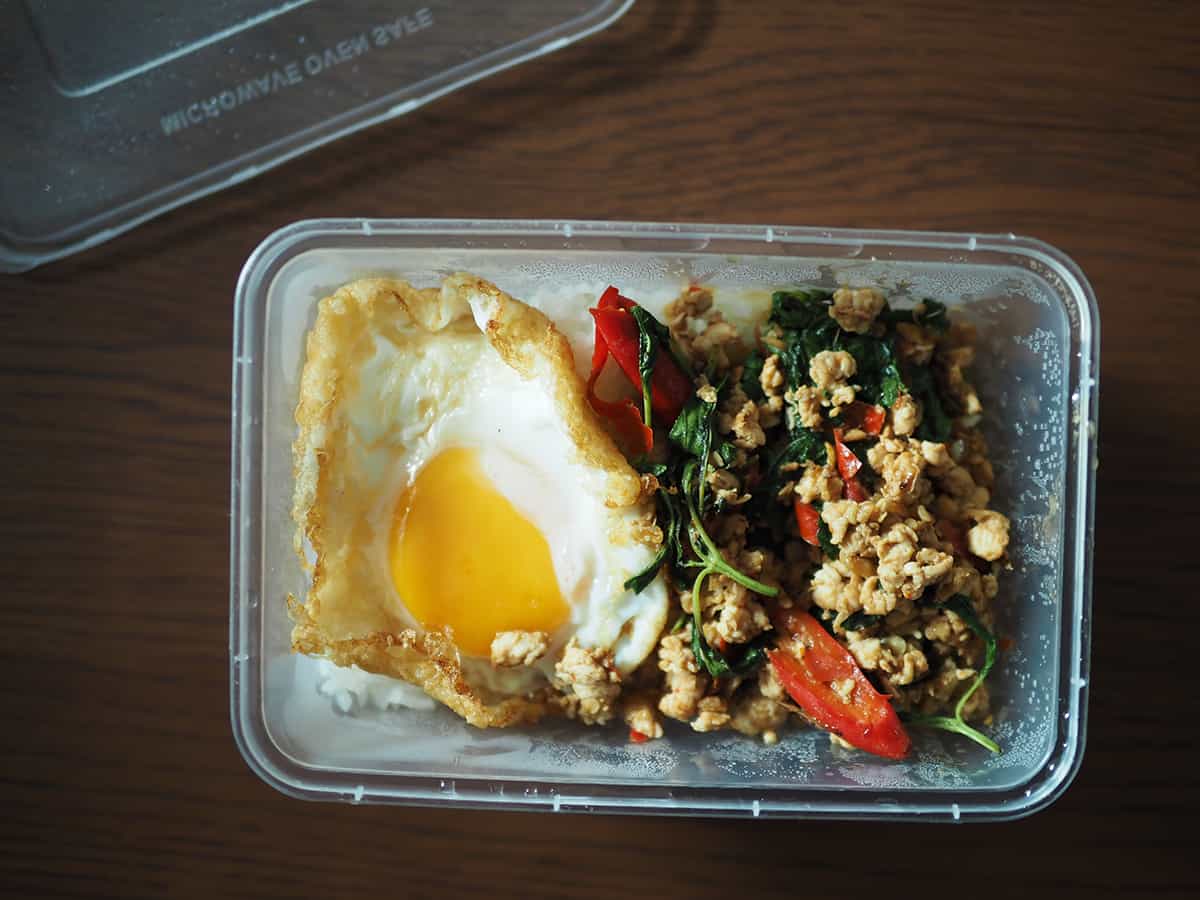
Like Ziploc bags, these are lightweight and less prone to breaking compared to glass. They are also usually stackable, saving you storage space. As mentioned previously, there are plastic containers sporting the Ziploc brand.
Plastic containers can stain easily and may not be as durable as glass. Check for the microwave-safe label to ensure they are safe for use.
3. Ceramic Containers

Ceramic containers offer excellent heat retention and are typically free of harmful chemicals. They are also aesthetically pleasing, making them suitable for serving.
Ceramics can be heavy and potentially chip or crack. As with glass, make sure they are labeled as microwave-safe.
4. Silicone Food Pouches
Silicone pouches are a flexible, eco-friendly option. They are reusable, easy to clean, and safe for use in the microwave.
They may not hold their shape as well as hard containers, making them less suitable for some types of food.
5. Microwave Cooking Bags
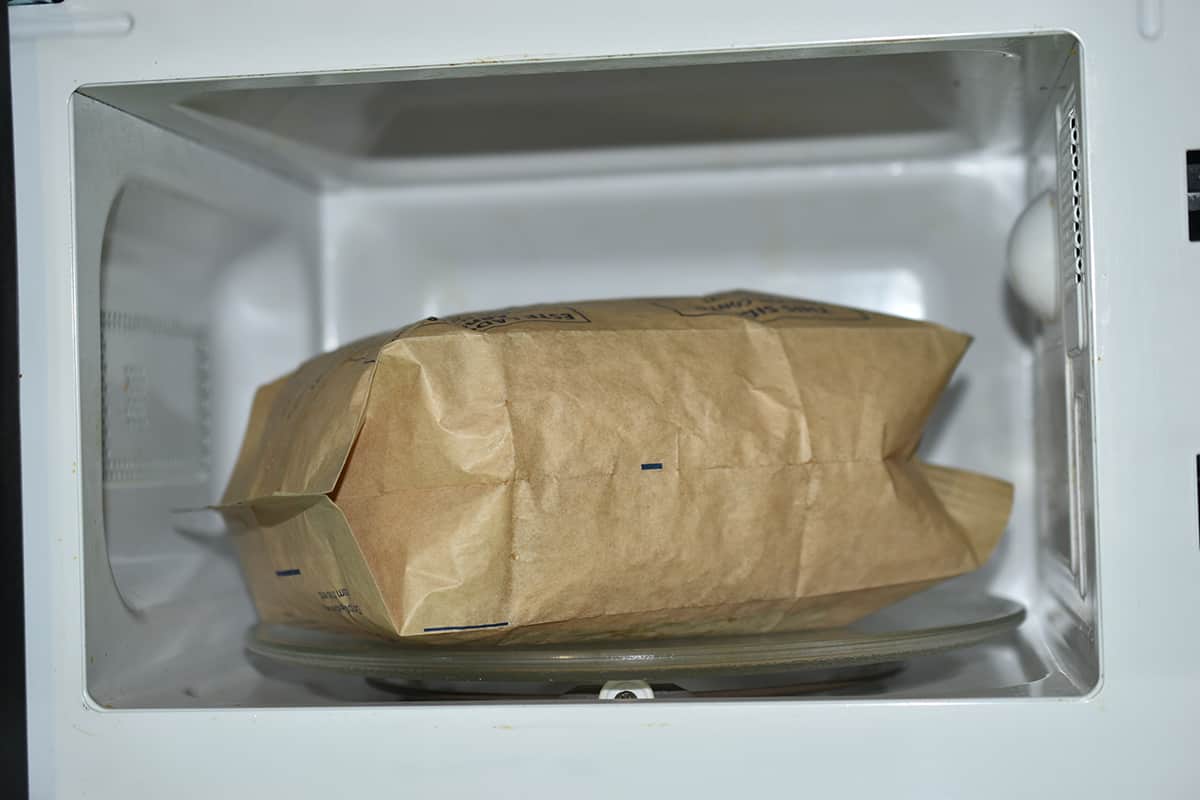
Specially designed for microwave use, these bags are often self-venting and enable more even cooking.
These are generally single-use, contributing to waste, and may not be readily available in all grocery stores.
6. Parchment Paper
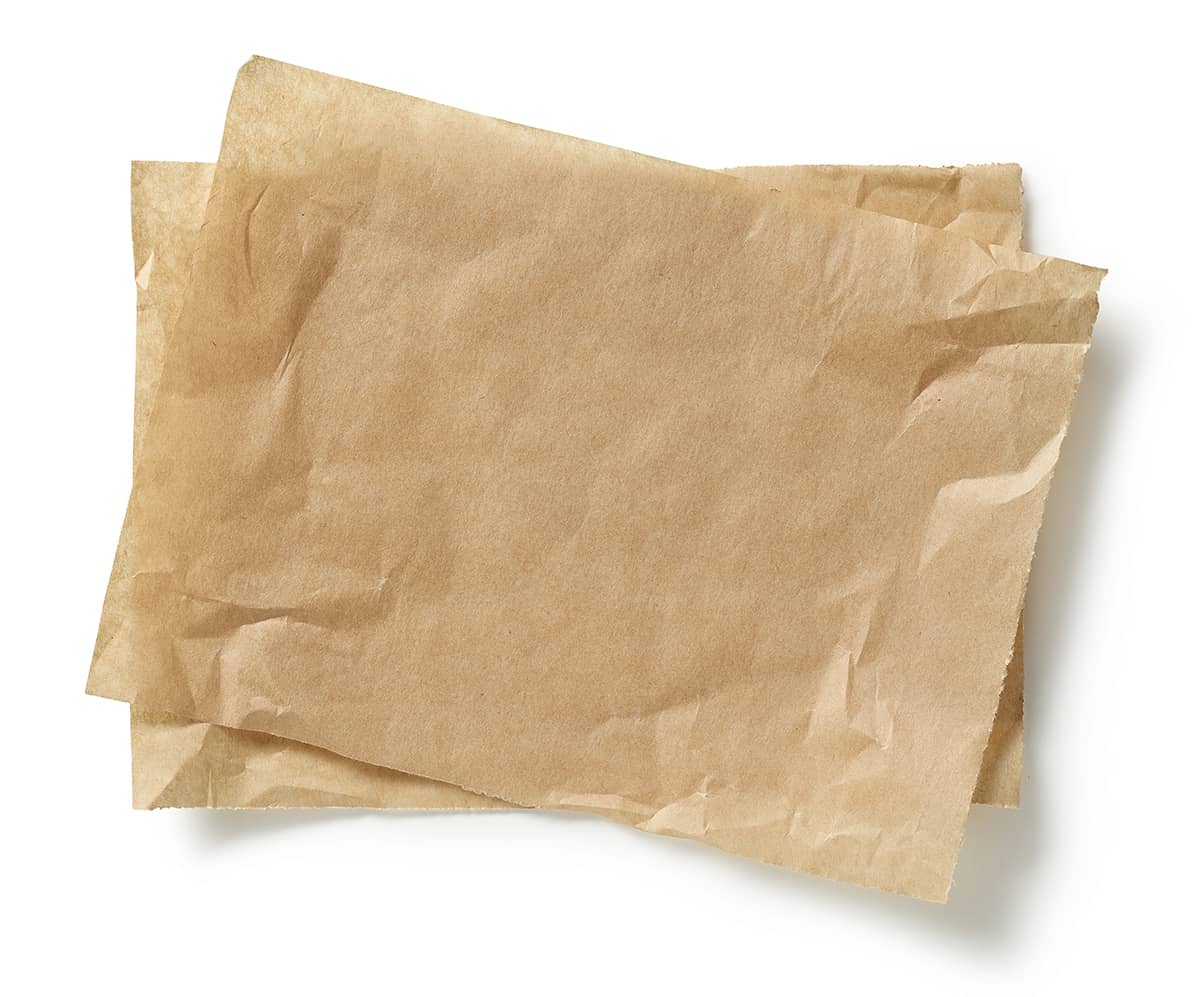
Parchment paper is an excellent option for wrapping items like sandwiches and vegetables. It’s non-stick and compostable.
Parchment paper is not ideal for liquid-based foods as it can get soggy.
